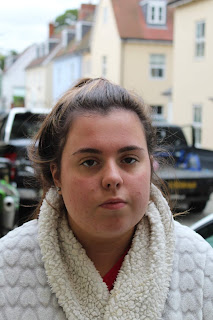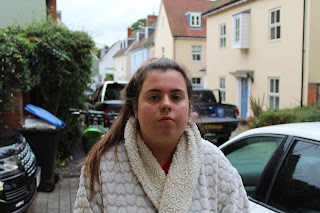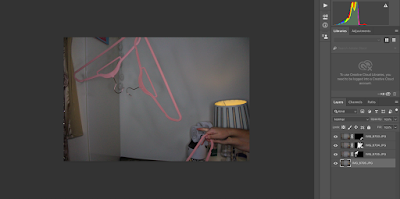Personal Investigation brief.
Year two of A Level AQA Art and design subjects require students to develop their work in a way that they can explore their own themes. To enable you to do this we have devised a series of advanced techniques and approaches to prepare you to conduct their own personal project. Please be aware that the project is an investigation (it means you are trying to find something out) as such your work and approach will develop over a period of time, you must be prepared to work in an experimental and evaluative manner to be successful.
In summary below is the two components you will be expected to complete for year 2.
Please find attached a summarised copy of the specification.
Component details
Component 1 Personal investigation
This is a practical investigation supported by written material.
Students are required to conduct a practical investigation, into an idea, issue, concept or theme, supported by written material. The focus of the investigation must be identified independently by the student and must lead to a finished outcome or a series of related finished outcomes.
The investigation should be a coherent, in-depth study that demonstrates the student’s ability to construct and develop a sustained line of reasoning from an initial starting point to a final realisation.
The investigation must show clear development from initial intentions to the final outcome or outcomes. It must include evidence of the student’s ability to research and develop ideas and relate their work in meaningful ways to relevant critical/contextual materials.
The investigation must be informed by an aspect of contemporary or past practice of artists, photographers, designers or craftspeople.
The written material must confirm understanding of creative decisions, providing evidence of all four assessment objectives by:
· clarifying the focus of the investigation
· demonstrating critical understanding of contextual and other sources
· substantiating decisions leading to the development and refinement of ideas
· recording ideas, observations and insights relevant to intentions by reflecting critically on practical work
· making meaningful connections between, visual, written and other elements.
The written material must:
· be a coherent and logically structured extended response of between 2000 and 3000 words of continuous prose.
· include specialist vocabulary appropriate to the subject matter
· include a bibliography that, identifies contextual references from sources such as: books, journals, websites, through studies of others’ work made during a residency, or on a site, museum or gallery visit
· be legible with accurate use of spelling, punctuation and grammar so that meaning is clear. Annotation must not be included in the word count for the written material.
Students can present the written material in the form of an ILLUSTRATIVE ESSAY..
The personal investigation will be assessed as a whole. Evidence of meeting the requirements of all four assessment objectives must be provided in both the practical and written material in the form of a Blogger.
4.2 Assessment objectives
Assessment objectives (AOs) are set by Ofqual and are the same across all AS and A-level Art and Design specifications and all exam boards.
The assessments will measure how students have achieved the following assessment objectives:
- AO1: Develop ideas through sustained and focused investigations informed by contextual and other sources, demonstrating analytical and critical understanding.
- AO2: Explore and select appropriate resources, media, materials, techniques and processes, reviewing and refining ideas as work develops.
- AO3: Record ideas, observations and insights relevant to intentions, reflecting critically on work and progress.
- AO4: Present a personal and meaningful response that realises intentions and, where appropriate, makes connections between visual and other elements.






























